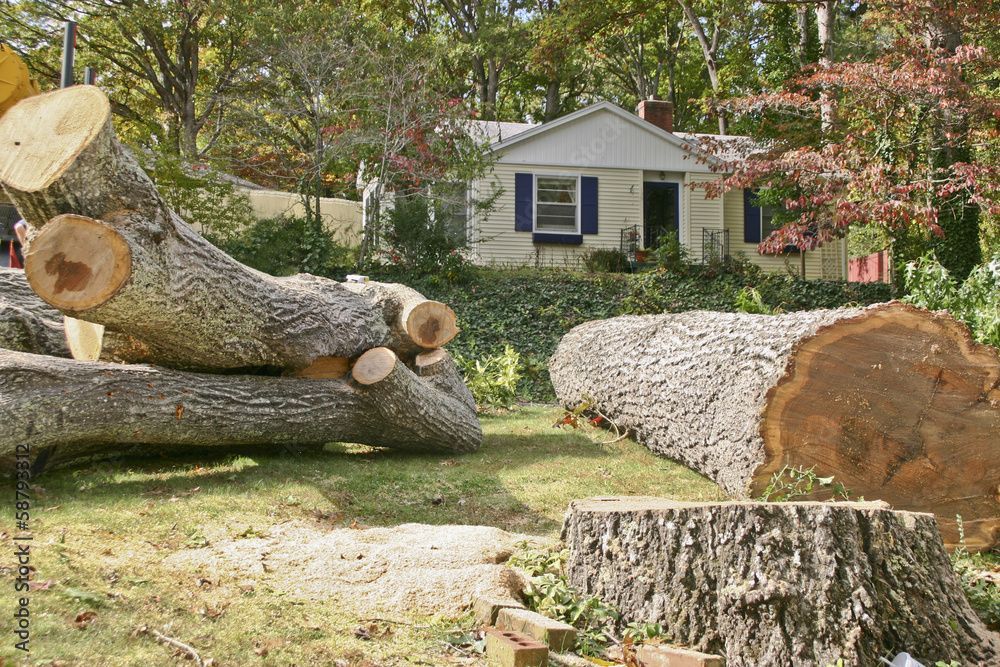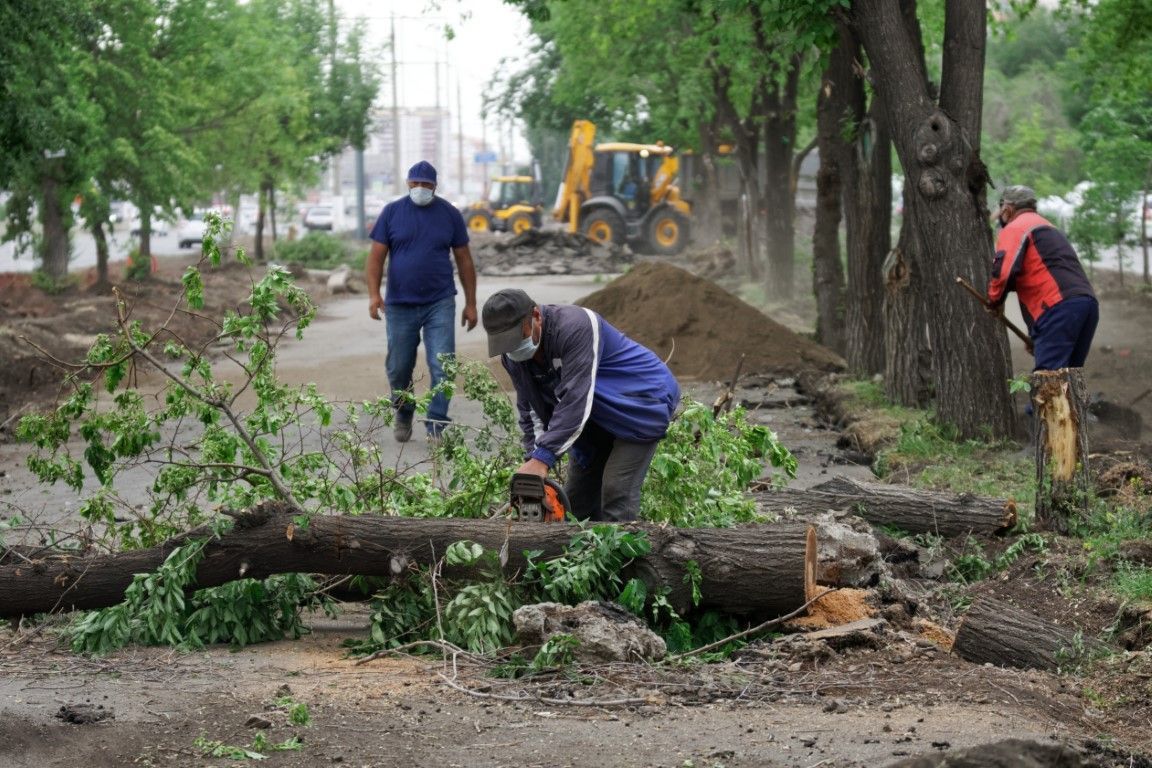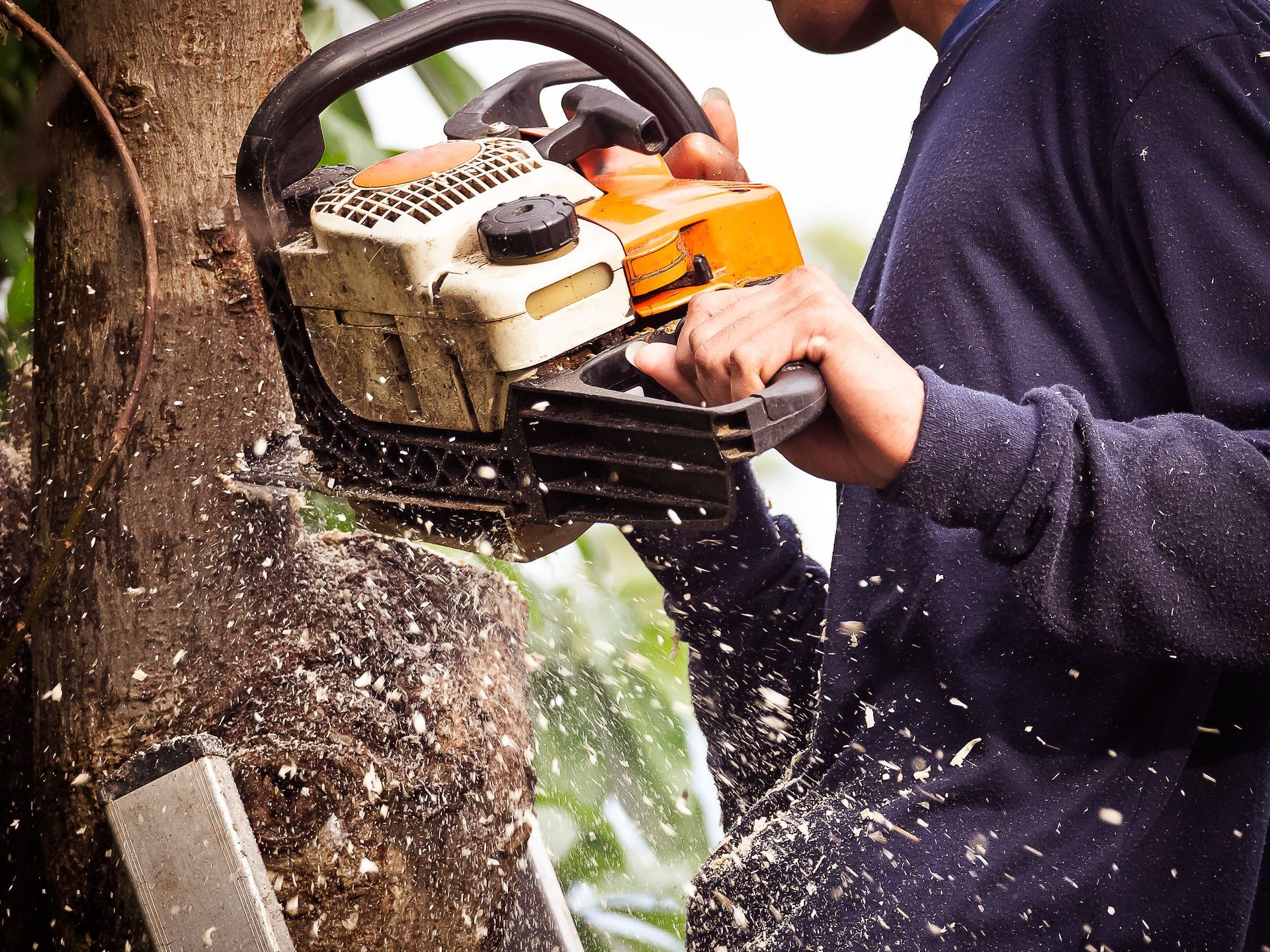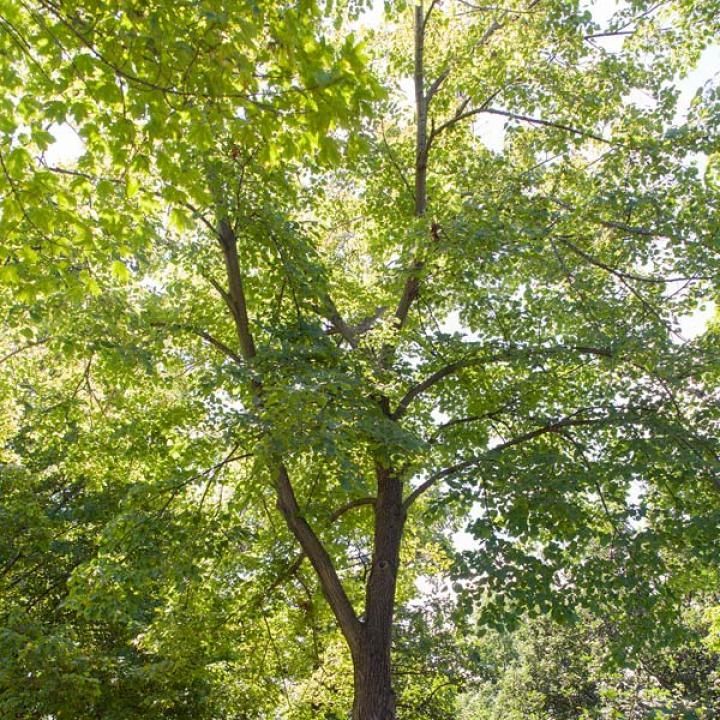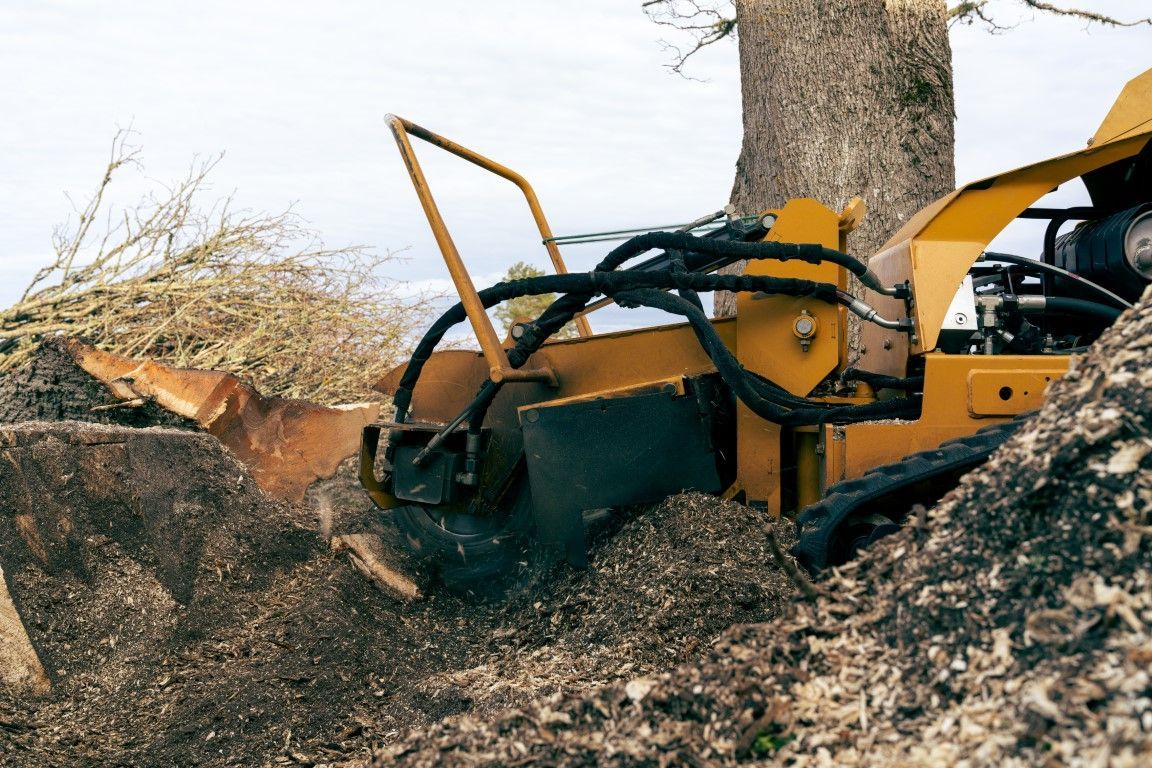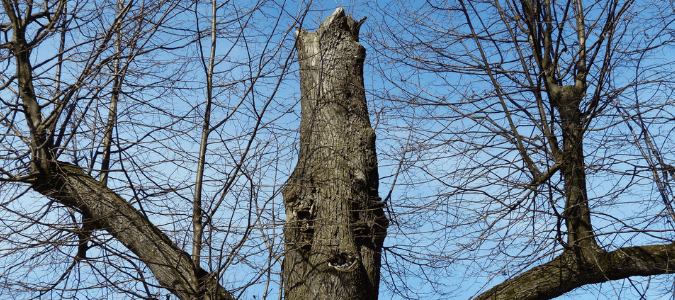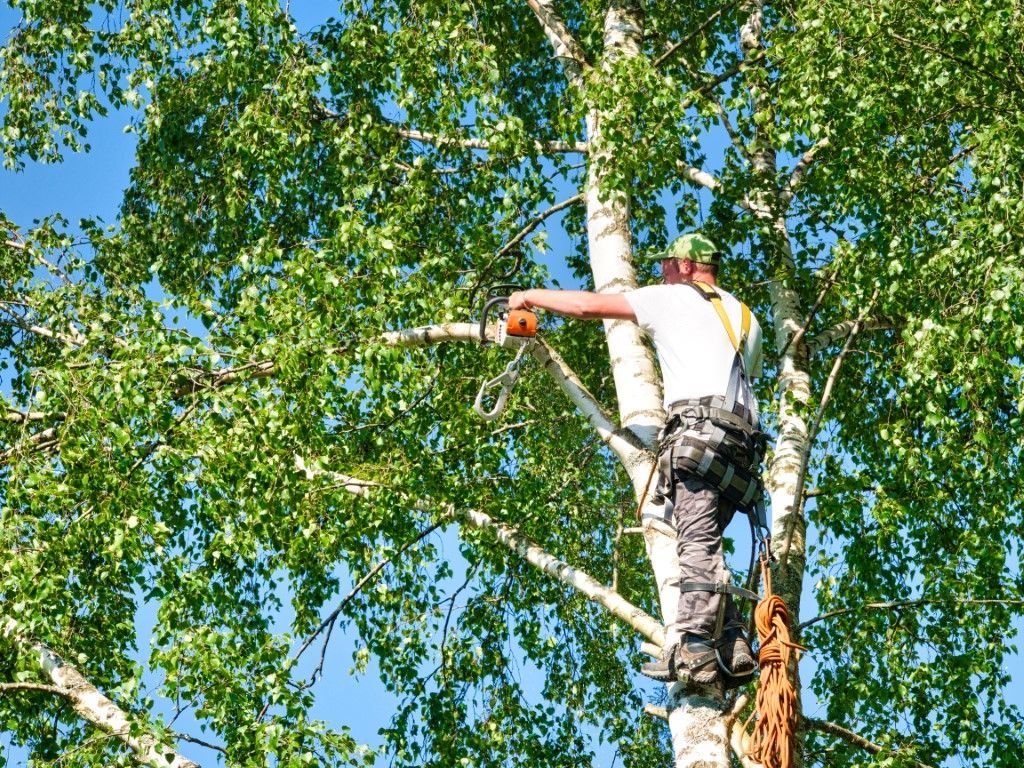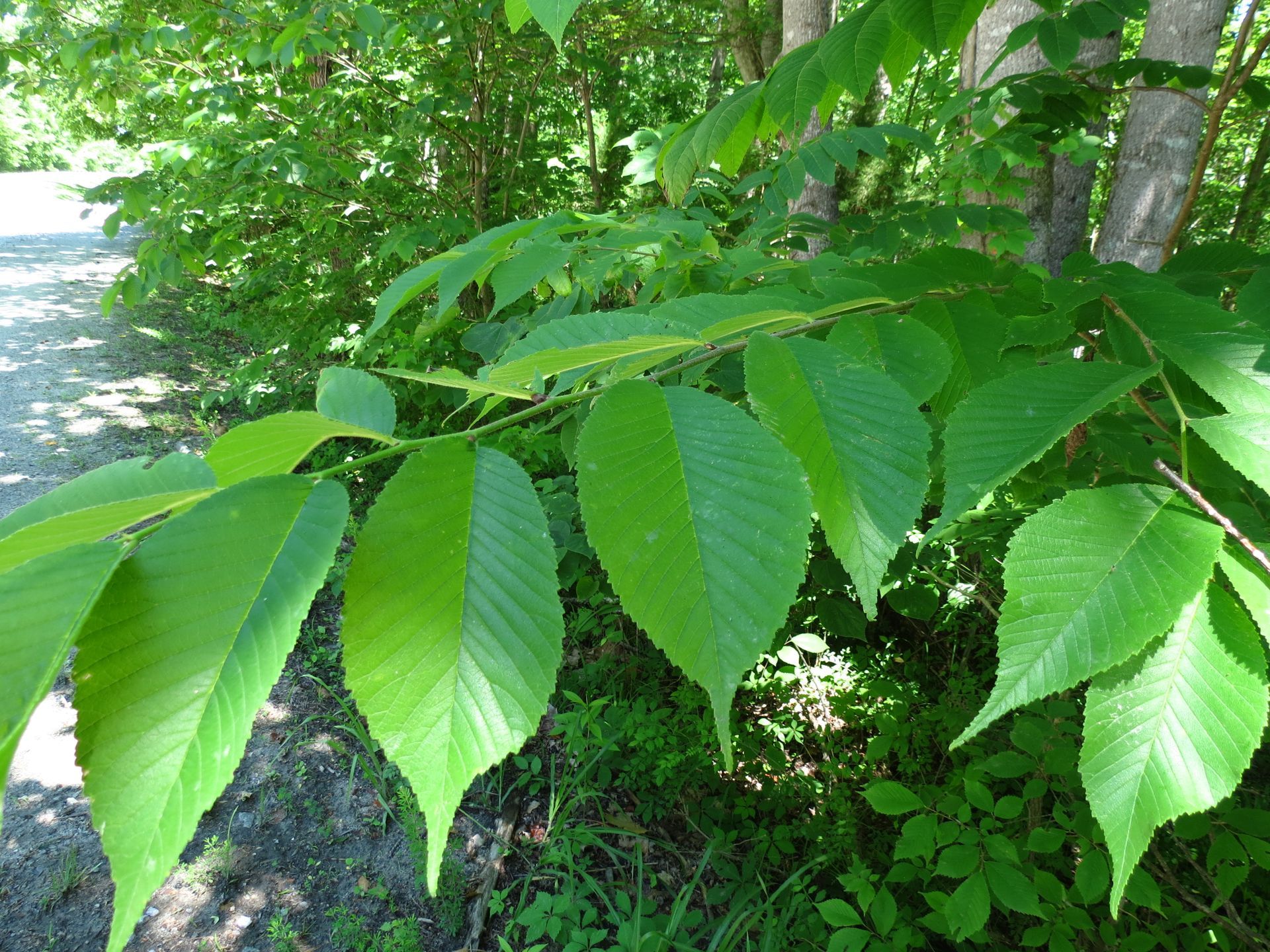Ways to Kill a Tree Stump
Effective Methods for Tree Stump Removal
If you've recently had a tree removed from your property, you might be faced with the challenge of dealing with the remaining stump. Tree stumps not only detract from the aesthetic appeal of your yard but can also be a safety hazard and attract pests. Removing a tree stump can be a daunting task, but with the right approach, you can effectively eliminate it. In this comprehensive guide, we'll explore various methods of stump removal and ensuring it doesn't regrow.
Why Should You Remove a Tree Stump?
Tree stumps can be more than just an eyesore; they can also pose several practical problems. Here are some reasons why you should consider removing a tree stump from your property:
- Safety Hazard: Tree stumps can be a tripping hazard, especially in areas where people frequently walk or play.
- Pest Attraction: Decaying tree stumps can attract pests such as termites, ants, and beetles, which can then infest your yard or nearby structures.
- Aesthetic Appeal: Removing a tree stump can improve the overall appearance of your yard, making it more attractive and inviting.
- Ease of Maintenance: Without a tree stump in the way, mowing the lawn and performing other yard maintenance tasks becomes much easier.
Methods for Removing a Tree Stump
There are several effective methods for removing a tree stump. The method you choose will depend on factors such as the size of the stump, your budget, and how quickly you need it removed. Here are some popular methods:
1. Chemical Stump Removers
Chemical stump removers work by accelerating the natural decomposition process of the stump. These products typically contain potassium nitrate, which encourages the stump to rot more quickly. To use a chemical stump remover, follow these steps:
- Use a drill to make several holes in the top of the stump.
- Fill the holes with the stump remover.
- Add water to the holes to help the chemicals penetrate the wood.
- Wait for the stump to soften and rot, then remove it with an axe or shovel.
2. Manual Removal
Manual removal involves physically digging out the stump using tools such as a shovel, pickaxe, or mattock. This method is labor-intensive and is best suited for small stumps. To manually remove a stump, follow these steps:
- Dig around the stump to expose the roots.
- Cut through the roots with an axe or saw.
- Continue digging and cutting until the stump can be lifted out of the ground.
3. Burning
Burning is another effective method for removing a tree stump. To burn a stump, follow these steps:
- Drill several holes in the top of the stump and fill them with fuel such as charcoal or kerosene.
- Light the fuel and allow it to burn until the stump is completely charred.
- Once the stump has burned, use a shovel to remove the remaining ashes.
4. Natural Decay
If you're not in a hurry to remove a stump, you can let it decay naturally over time. This method is environmentally friendly but can take several years to complete. To encourage natural decay, follow these steps:
- Drill holes in the top of the stump to allow water to penetrate.
- Keep the stump moist by watering it regularly.
- Add nitrogen-rich fertilizer to the stump to speed up decomposition.
Removing a tree stump can be a challenging task, but with the right approach, it can be done effectively. Whether you choose to use a chemical stump remover, manual removal, burning, or natural decay, there are several options available to help you remove a tree stump from your property. By following the tips outlined in this guide, you can ensure that your yard remains safe, clean, and free of unsightly tree stumps.
